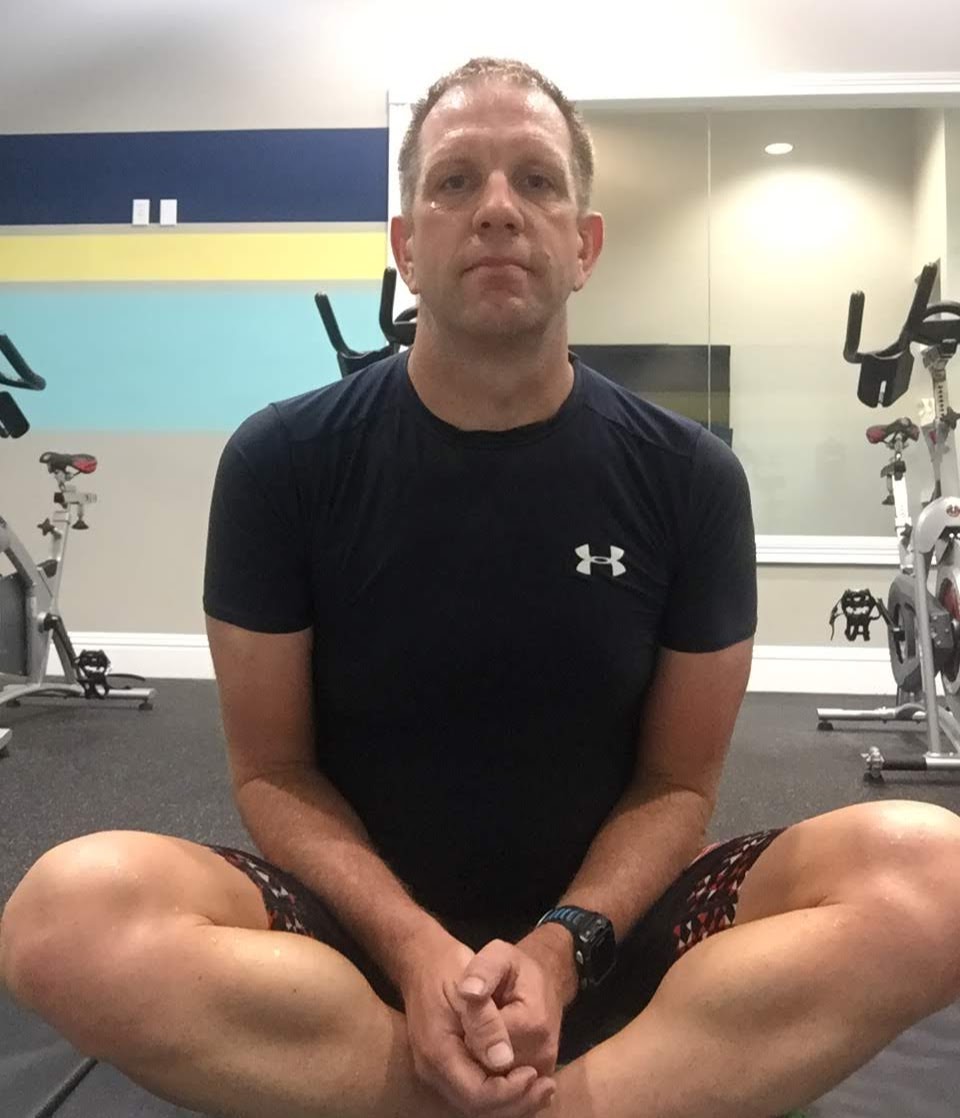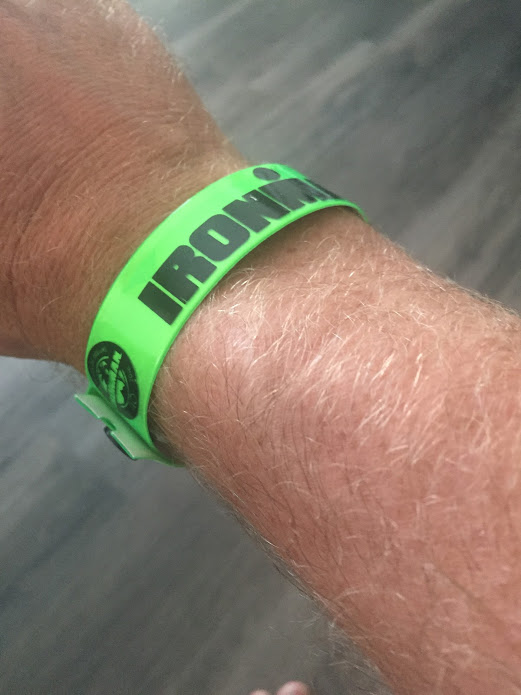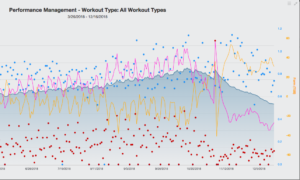
It seems like forever now since I completed Ironman Florida back in early November. At this point, I am well into the offseason, and feeling a certain set of challenges that we all as Ironman triathletes feel. Every year I feel the same thing, so I’m quite versed at how to deal with it, but I wanted to share what the journey looks like.
The immediate period after a race is what we call in this sport, the “Post Ironman Depression”. If you think about the build-up to a race, the training, the conversations, the attention, the preparation …. and then it happens, and then its all gone. It really plays a mental game on anyone that does it, we feel like something is missing in our lives. Many of my brothers and sisters in Ironman wear their wrist-band from the race for months afterward because they can’t let go. We need to learn how to let go.

So after the Post-Ironman-Depression passed, the first challenge to overcome is ramping down the need to train hard everyday. It’s a certain kind of madness that we build for ourselves when we put in 2-3 hours a day of training for 5-6 days a week .. and then stop. I found myself going hard, hard, hard when there was no need. The first month of the offseason, after a race, should be really nothing, and just this past week it finally clicked in. I continually have to tell myself that its “okay” to not work out, it’s “okay” to take it easy. It is amazing the way that we train our minds to do these things subconsciously.
So then comes the planning for 2019 … now that the 2019 A-race is done, and we’re recovering, we have to ask ourselves “whats next”. I contemplated a few late season races for 2019 but decided on Ironman Maryland in late September. I also chose a few shorter distance races that are local to me that will act as my “time-trial” for the real thing…. check my race schedule for more details.

Now that I know the races and a schedule for 2019, how am I going to train? I had a unique challenge this past year when my coach Jason suddenly passed away, leaving me in a place where I just self-coached myself. I had to do better this year so I’ve already been through a service called Tridot, which isn’t for me. I didn’t like the way that they stacked up hard workout after hard workout, and the fact that nobody was really watching what was being put on my schedule. Factoring fatigue into the training plan is such a critical component I learned from Jason, the fact they asked me if I wanted a day off each week and whether I wanted to strength workouts or not, told me that it really wasn’t going to work for me.
I then did some research on coaches that use TrainingPeaks, which is my preferred tool for tracking all my activities. And even though I had not been an advocate for buying a pre-written training plan, I felt that after self-coaching myself for most of 2018, and having a virtual coach to help me understand the “why’s” of the workouts, that this might be a good option. I found one that allowed me the flexibility to move workouts around but still build the volume, with regular time-trials, and the fact that it holds me accountable…. Good stuff. Went for it and we officially start training on January 21st.

The last challenge i’ve faced is the weight gain from not working out so much … but also eating a not-so-healthy diet. I find myself eating all the time, and not exactly the best stuff. I’ve put on 12 pounds since race day, which is a little more than i’m comfortable with.
I guess the purpose of me writing this post is to state that it is time to dial it in, and get a little more focused for mid-January start of formal training. The goal is to drop some of the weight (maybe 5 pounds or so) and just maintain my fitness for now … My “fitness” score in TrainingPeaks is still in the high 80’s, but will likely drop a bit over the coming weeks but now that i’ve selected a plan, I know what to expect when I start.
Next time, we’ll talk more about training strategy and why it is so critically important to have a strategy as well as a plan.